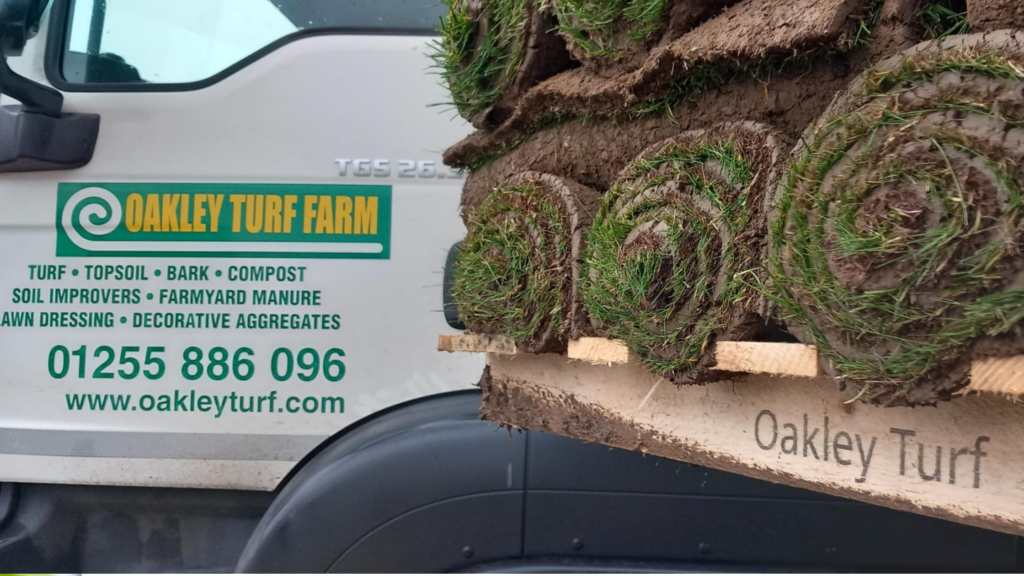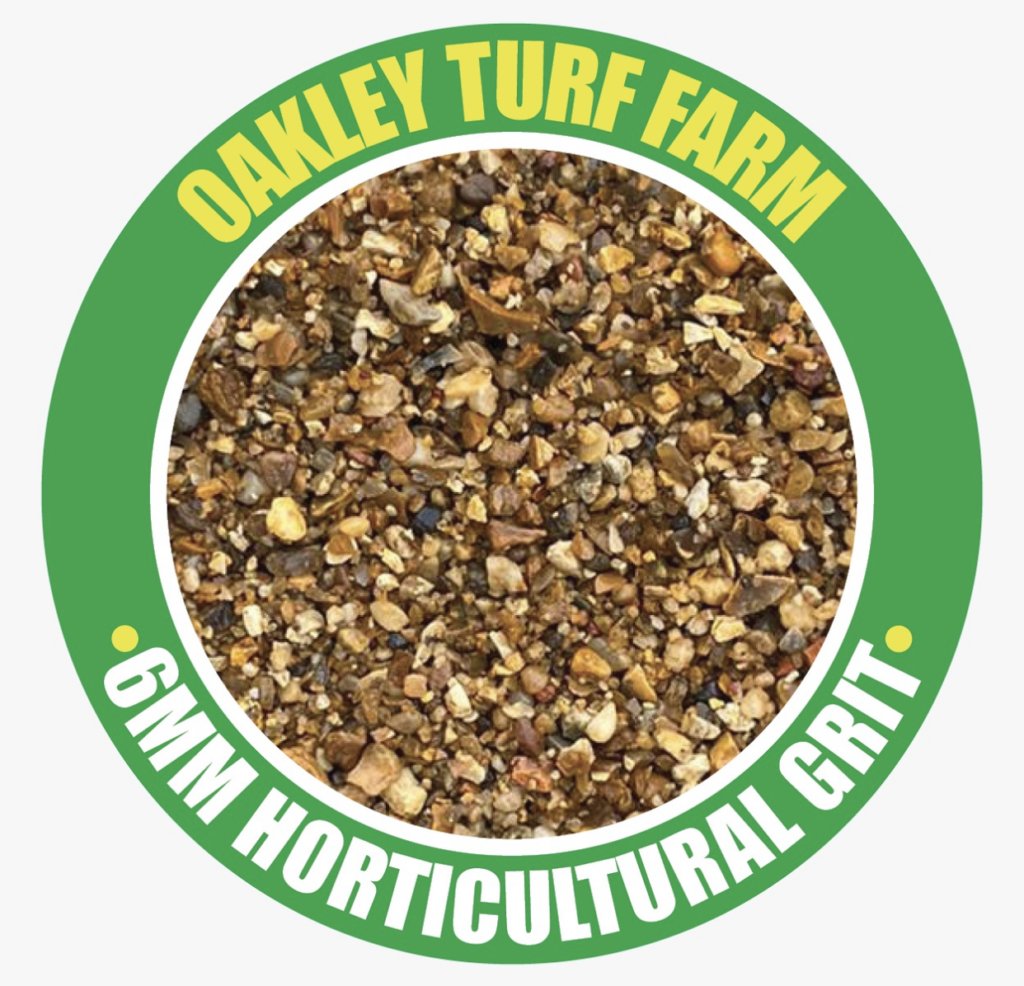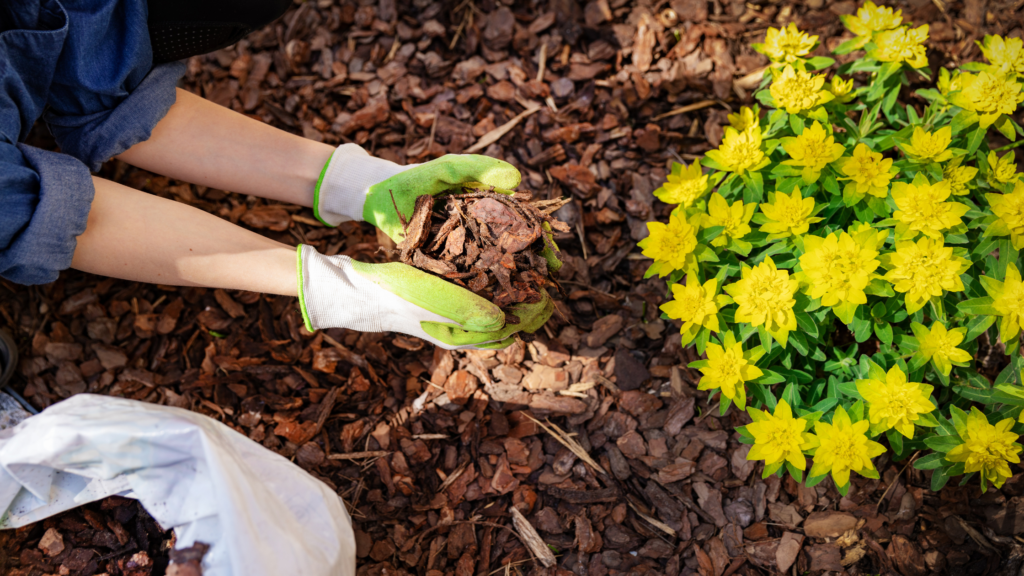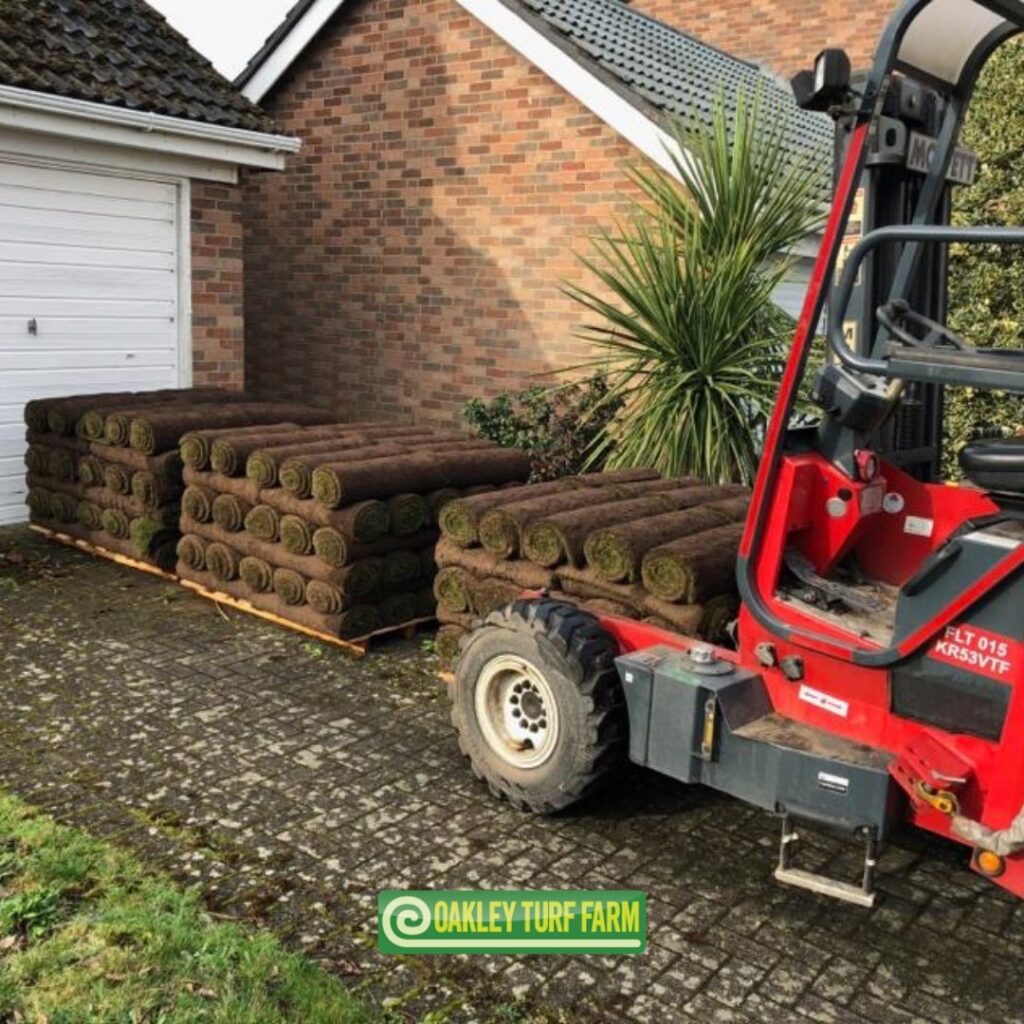If your thinking about laying turf during the summer months and wondering if this is a suitable time of the year, do not worry we are here to help guide you in the right direction.
Sometimes we have to do jobs when we have time, rather when we would prefer to do them. You might read our social media posts and see that Spring and Autumn are the best time to lay turf. In reality we have such busy lives with work and family commitments that laying turf when we are told to isn’t always an option. With proper preparation and care, the summer months can actually be an opportune time to lay turf and achieve a lush, green lawn. Here are several reasons why summer months is a viable month for this gardening task.
Firstly, the warmer temperatures in the summer months are conducive to rapid turf establishment. Turf needs warmth to root quickly and efficiently, and the consistent warmer weather this month provides can help the new lawn to establish before the peak of summer heat. This is essential for the turf to become resilient and healthy, able to withstand both the rigors of summer and the challenges of the upcoming seasons.
Secondly, despite the drier conditions commonly associated with the summer months, these can be managed with diligent watering practices. It’s crucial to keep newly laid turf moist during its first 4-6 weeks, and while this might require more frequent watering than during cooler months, the payoff is a robust root system. Here at Oakley Turf Farm we always recommend our customers to use a a sprinkler instead of relying solely on a hose or spray nozzle.
Lastly, laying turf in the summer months can give your lawn a head start on growth and development before autumn. This allows you to enjoy a fully established lawn during the autumn. With the right lawn care, including regular mowing at the correct height, your turf can become a lush, inviting outdoor space perfect for relaxation and entertainment.
While the summer months can present certain challenges for laying turf, these can be effectively managed with the right approach. Adequate preparation, consistent watering, and proper lawn care can turn the potential disadvantages of the season into benefits, resulting in a healthy, vibrant lawn that enhances your outdoor living space.
Please take some time out to read our comprehensive guide to watering your new lawn and how to prepare, lay and care for your Oakley Turf.



















